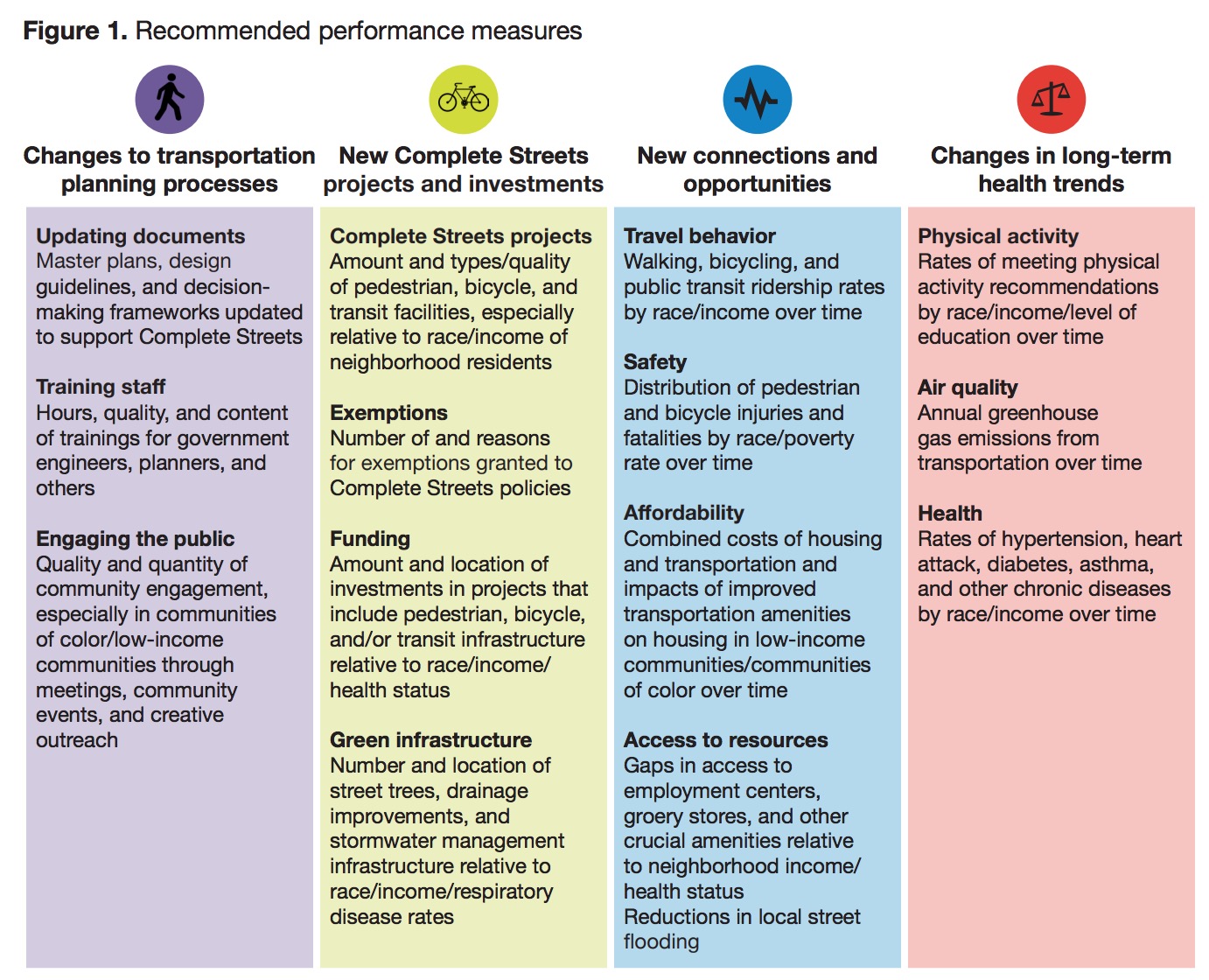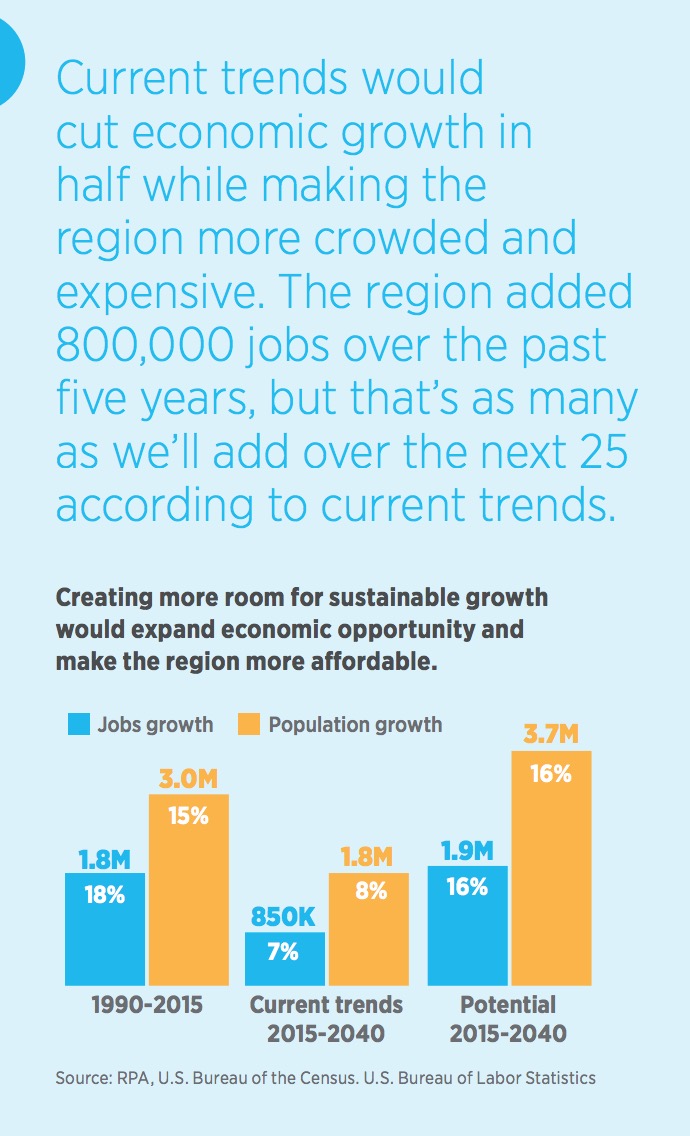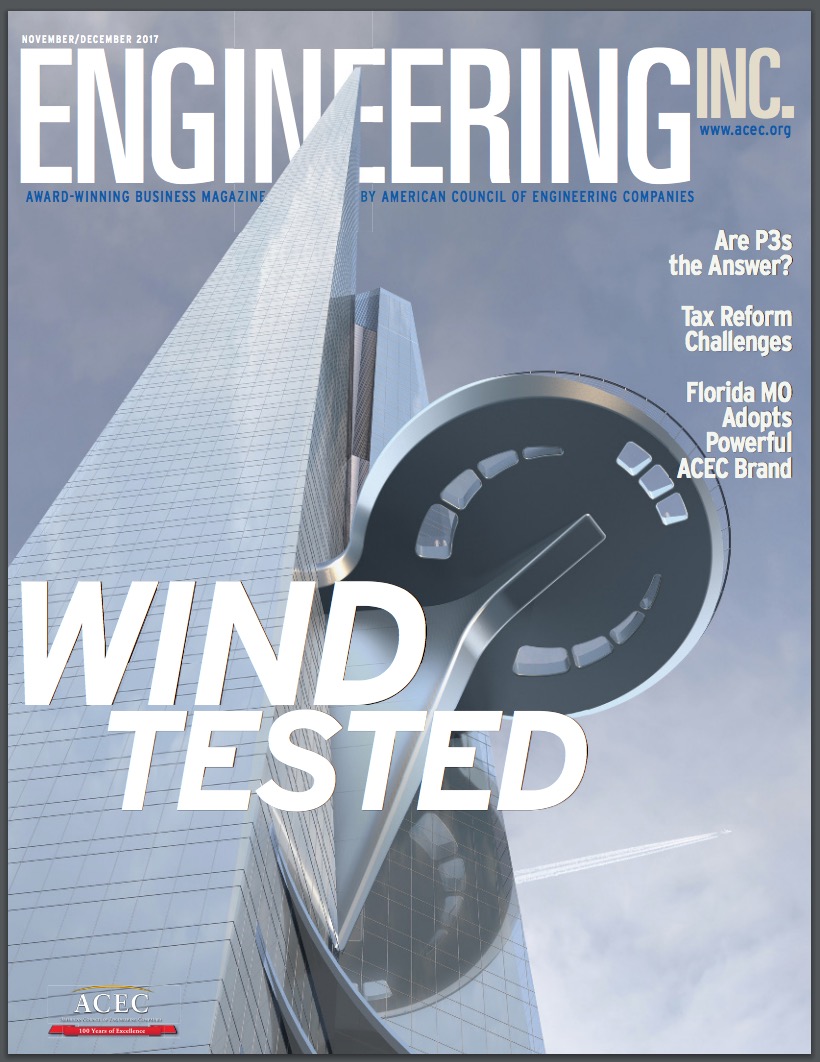
It is widely understood that roadway infrastructure is expensive, both in acquiring land for rights-of-way and in construction of improvements, and thus, decisions regarding alignment, crossing, and access made over a period of decades may have long-lasting consequences that are observable in traffic data today. Consequently, urban areas exhibit different unintentional traffic characteristics, including delays under normal and random stress conditions. Investments motivated exclusively by expected efficiencies under normal operating conditions are unreliable safeguards against loss of efficiency under stress conditions. Therefore, new analytic tools are required that allow designers to assess the adaptive capacity of roadway infrastructure and assess the potential of new investments to provide enhanced resilience.
View this complete post...




















 RSS Feed
RSS Feed